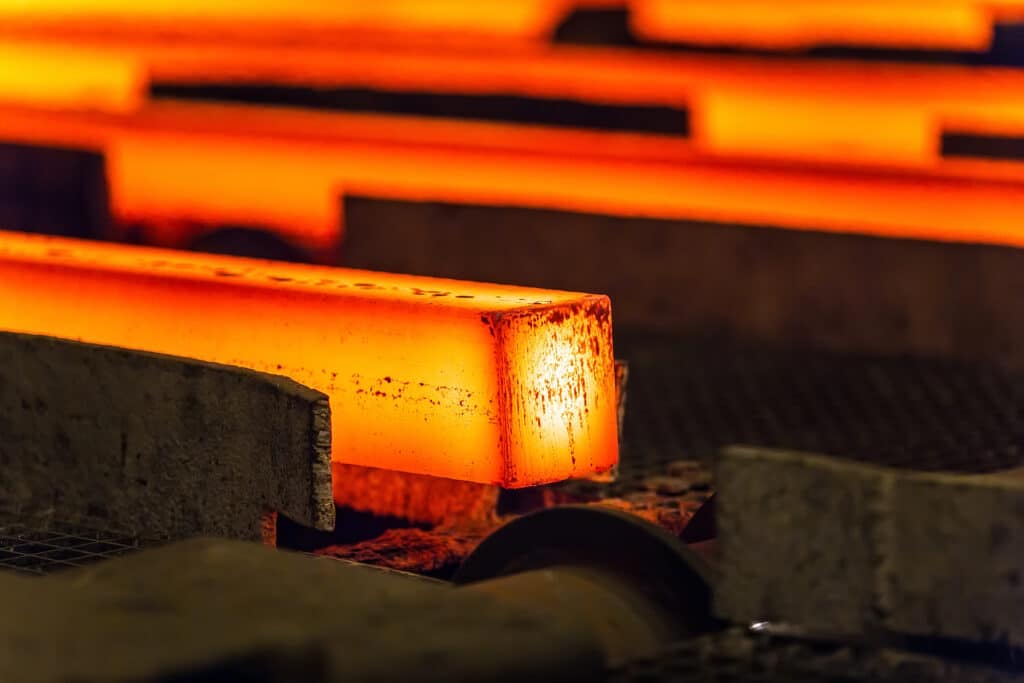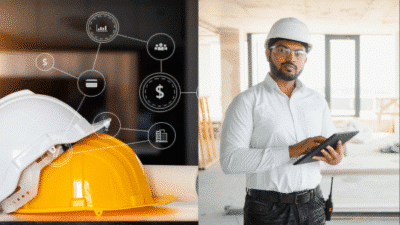
Laser welding aluminum has revolutionized the way you approach metal fabrication. By harnessing the precision and efficiency of laser technology, you can achieve stronger, cleaner joints with minimal distortion. Whether you’re a seasoned professional or just getting started, understanding the nuances of this technique can significantly enhance your projects.
Uncover the key benefits of laser welding aluminum, along with best practices for achieving successful welds and strategies for overcoming common challenges. Dive into the latest advancements in laser welding equipment and techniques, empowering you to make informed decisions and enhance your welding processes. Elevate your aluminum welding skills to new heights with these insights.
Fundamentals of High-Precision Laser Welding

High-precision laser welding of aluminium delivers strong, clean joints with minimal distortion. Understanding the core principles enhances your welding efficiency and quality.
Beam Generation and Quality
Laser welding aluminium uses fiber or diode lasers for optimal beam generation. High beam quality ensures precise energy delivery. Parameters like wavelength and power density affect weld accuracy. Consistent beam focus minimizes defects and achieves uniform welds.
Energy Transfer and Keyhole Dynamics
Efficient energy transfer melts aluminium quickly, creating a keyhole. The keyhole stabilizes the weld pool, ensuring deep penetration. Controlled dynamics reduce spatter and porosity. Precise power modulation maintains keyhole stability, enhancing joint strength and integrity.
Process Parameters Influencing Precision

Precision in laser welding aluminium relies on fine-tuned process parameters. Adjust these settings to achieve optimal weld quality.
Beam Power, Spot Size, and Scanning Speed
Calibrate beam power to aluminium thickness—higher for thick, lower for thin. Use smaller spot sizes to concentrate energy and enhance penetration. Set scanning speed to 50-60 in/min for thin materials and 20-30 in/min for thick aluminium.
Cooling Strategies and Thermal Cycles
Select pulsed mode for thin aluminium to reduce heat and distortion. Choose continuous wave mode for thicker pieces to ensure deeper welds. Adjust laser mode and scanning speed to manage thermal cycles.
Shielding Atmosphere
Use argon as the shielding gas to prevent oxidation. Maintain a flow rate of 20-40 CFH. Argon’s inert properties ensure high-quality aluminium laser welding by protecting the weld pool from contamination.
Metallurgical Considerations

Understanding the metallurgical aspects is essential for laser welding aluminium.
Microstructure Evolution
Laser welding aluminium results in finer dendrite arm spacing due to lower heat input, enhancing tensile strength and hardness. In high-silicon alloys, low Si content forms residual eutectic particles at grain boundaries, while high Si content creates films, increasing crack susceptibility. Control silicon levels to improve weld microstructure.
Heat-Affected Zone Control
Laser welding aluminium achieves a narrow heat-affected zone through high energy density and localized heating, minimizing thermal impact on surrounding material. This preserves mechanical properties and reduces deformation. Also, high welding speed limits the fusion zone size, maintaining the base material’s integrity and strength.
Defects and Mitigation
Laser welding aluminium can encounter porosity and hot cracking. High-power fiber lasers reduce heat input, minimizing these defects by shrinking the weld fusion zone and residual tensile stress. Cracking risk increases with high silicon content alloys. Adjust silicon levels and optimize welding parameters like power, speed, and beam focus to prevent defects.
Material-Specific Challenges and Solutions

Laser welding aluminium presents specific challenges. Addressing these ensures high-quality welds and optimal performance.
Ferrous Alloys
Ferrous alloys, such as steel, absorb laser light more effectively than aluminium. At the same time, laser welding aluminium requires precise parameters, while laser welding ferrous metals benefits from higher absorption rates and lower porosity risks. Their lower thermal conductivity minimizes rapid cooling, reducing gas entrapment and defects.
Laser Welding Aluminium Components
Laser welding aluminium demands precise parameter control. Adjust laser power and welding speed to ensure uniform heat distribution. Surface preparation removes oxide layers, preventing porosity. Use protective gas or flux to maintain weld integrity by reducing oxidation.
Dissimilar Metal Joining
Joining aluminium with other metals introduces challenges like differing thermal expansion rates and chemical incompatibility. Optimize welding parameters to accommodate these differences. Ensure proper surface preparation and choose compatible alloys to enhance joint strength and reduce the risk of cracking.
Applications Requiring High Precision

Laser welding aluminium is vital in sectors that demand exacting standards and superior quality.
Automotive
- Lightweight Construction: Enhances fuel efficiency by reducing vehicle weight.
- Electric Vehicles: Assembles aluminum battery casings with precise, high-quality welds.
- Lightweighting: Enables thinner, intricate parts to meet fuel economy regulations.
Electronics
- Precision Components: Joins small parts like connectors and casings accurately.
- Heat-Sensitive Assemblies: Minimizes heat input to protect surrounding components during welding.
Safety and Quality Assurance

Maintaining safety and ensuring quality are critical in laser welding aluminium. Carry out proper protective measures and monitor processes to achieve reliable, high-quality welds.
Furthermore, proper fixturing of the components can be essential to maintain alignment and prevent distortion during the welding process, which can directly impact the final quality. Using the right tools, such as Welding Clamps or magnetic holding devices, can help secure the workpieces can be a fundamental step in ensuring precision and safety.
Personal Protective Equipment and Enclosures
Use laser safety glasses that block specific wavelengths to protect your eyes. Always choose glasses that are appropriate for the type of laser you are working with, as different lasers require different protection levels. Make sure the glasses fit well and provide full coverage to prevent accidental exposure. Opt for ce certified laser safety glasses to ensure they meet international safety standards and provide reliable protection. Wear long sleeves, gloves, and face shields to guard against laser exposure and reflections. Install laser enclosures to contain the beam and light curtains to restrict unauthorized access during welding.
Process Monitoring
Advanced sensors and cameras monitor real-time parameters. Track keyhole formation and melt pool dynamics to adjust settings instantly. Use thermocouples or infrared cameras to monitor temperature, preventing overheating. Automated systems can refine laser welding aluminium conditions based on sensor feedback.
Denaliweld Laser-Welding Solutions

Denaliweld offers advanced laser welding aluminium solutions tailored for precision and efficiency.
Machine Architectures
- High-Power Lasers: Delivers energy density for robust aluminium welds.
- Beam Delivery Systems: Ensures precise, stable targeting.
- Control Systems: Manages power, speed, and focus accurately.
Integrated Features for Stability and Ease-of-Use
- Real-Time Monitoring: Tracks keyhole and melt pool dynamics.
- Automated Adjustments: Optimizes parameters on the fly.
- User-Friendly Interface: Simplifies operation and setup.
Certifications and Compliance
- Safety Standards: Meets IEC and ANSI laser safety requirements.
- Performance Standards: Adheres to AWS and ISO welding quality norms.
- Regulatory Compliance: Complies with local and national laser usage laws.
Conclusion

Laser welding aluminium enhances fabrication precision and efficiency. High energy density ensures narrow heat-affected zones and minimizes deformation. Key benefits include:
- Minimal Heat Input: Uses only 10% of heat compared to MIG and TIG, preserving alloy properties.
- Enhanced Mechanical Properties: Finer microstructure leads to higher hardness and tensile strength.
- Defect Reduction: Optimizes welding parameters to lower porosity and cracking risks.
Industries like automotive and electronics leverage laser welding aluminium for strong, clean joints. Your precision in managing laser welding aluminium processes directly impacts joint integrity and performance.
- 1share
- Facebook0
- Pinterest1
- Twitter0



